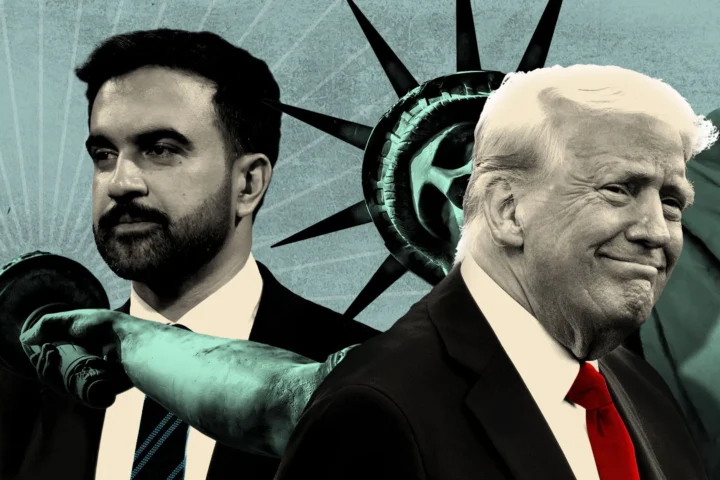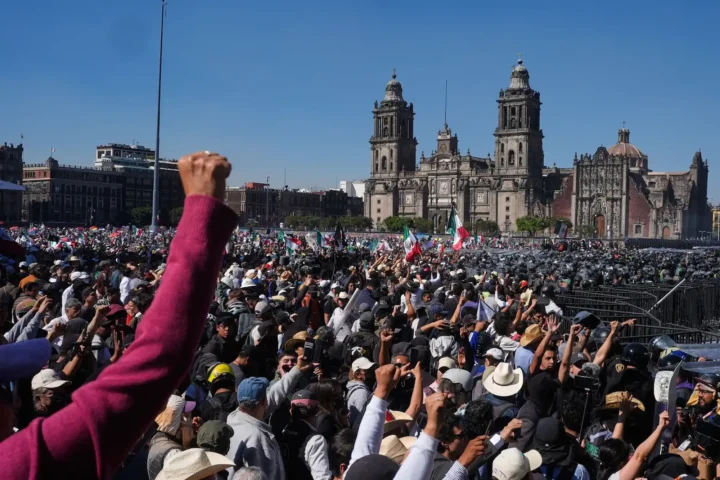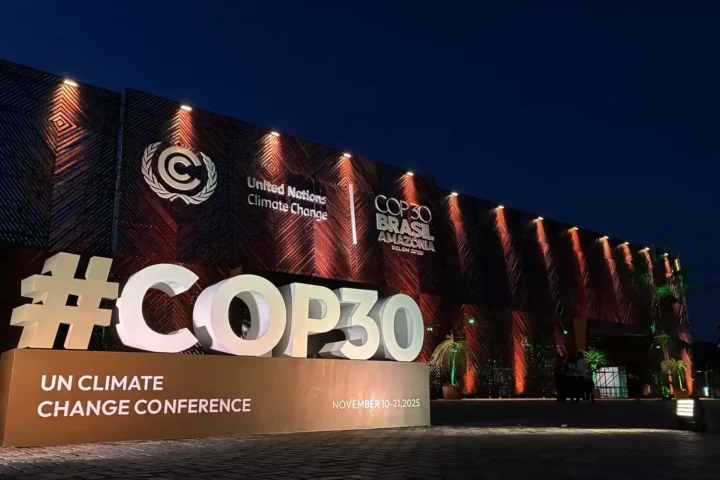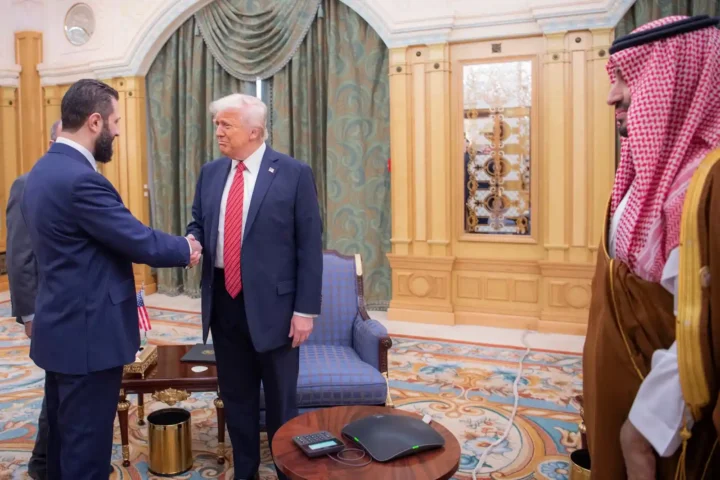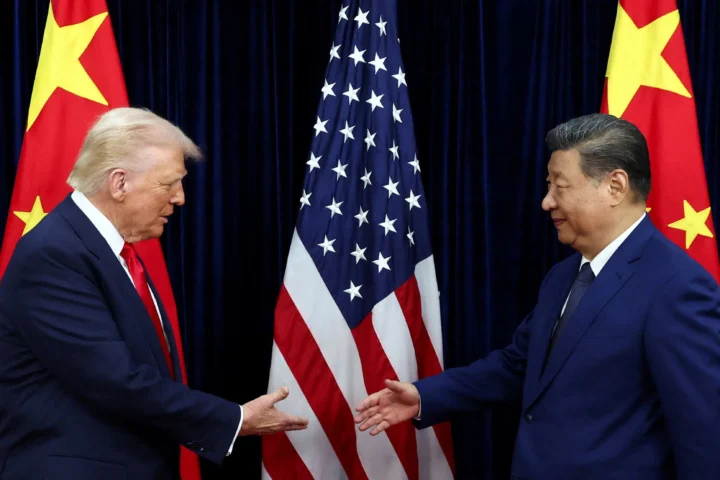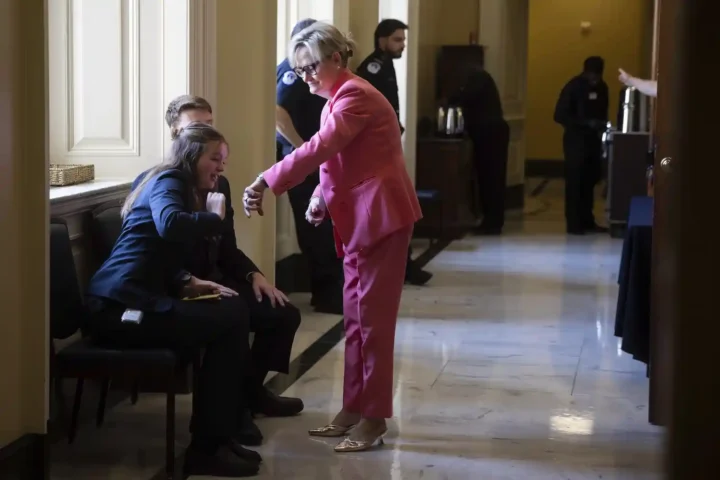In a coordinated effort to de-escalate mounting economic tensions, China and the United States have begun rolling back a series of export restrictions that had threatened to choke off critical supplies to global manufacturers. Officials in Beijing confirmed on Friday that Chinese regulators are processing applications for export licenses on key industrial inputs, while Washington has concurrently rescinded measures targeting Chinese imports.
A spokesperson for China’s Ministry of Commerce stated that export licenses for “eligible controlled items” are now being reviewed and approved “in accordance with the law.” Although not explicitly named, these items refer primarily to rare earth elements—metals such as neodymium and dysprosium that are indispensable to advanced electronics, defense systems, and clean-energy technologies. China, which dominates roughly 80 percent of the world’s rare earth production, had imposed curbs on eleven such minerals since December, rattling industries from Tokyo to Silicon Valley.
On the U.S. side, the administration has lifted restrictions on exports of high-value components including jet turbine engines, semiconductor design software, and ethane feedstock. Industry sources confirmed this week that American suppliers have received clearance to resume shipments of these products, which are crucial for both civilian manufacturing and strategic stockpiles. Reuters and CNN reported that this move follows direct consultations between senior trade envoys in London last month.
The reciprocal rollback marks a significant thaw in what had become a bitter tit-for-tat trade war. In April, tariffs on certain Chinese and American goods soared to more than 100 percent on both sides, prompting widespread alarm across global markets. While those punitive levies were partially eased—Washington cutting its tariff rate to 55 percent and Beijing paring duties down to 10 percent—neither government has hidden its readiness to use non-tariff barriers as leverage.
For industries reliant on complex supply chains, the reprieve comes as a welcome relief. Manufacturers of everything from aerospace parts to electric vehicles had warned that prolonged disruptions in rare earth and semiconductor supply could stall production lines and hike costs. In particular, the U.S. defense sector has long voiced concern over its dependence on Chinese rare earths for munitions guidance systems, night-vision goggles, and missile components.
Despite Friday’s breakthrough, analysts caution that the détente remains fragile. Both capitals view export controls as potent bargaining chips in broader negotiations over technology transfers, intellectual property rights, and market access. Rare earths, in particular, are seen by Beijing as a strategic asset—and with no large-scale mines or processing facilities operational in the U.S., Washington remains years away from breaking China’s near-monopoly.
Looking ahead, negotiators from both countries are expected to focus on formalizing limitations on unilateral export controls as part of a wider trade accord. Whether China will agree to long-term restraints on its rare earth exports—and whether the U.S. can accelerate development of domestic mineral sources—remains to be seen. For now, however, Friday’s announcements signal a mutual interest in keeping supply lines open and averting a further slide into economic confrontation.



